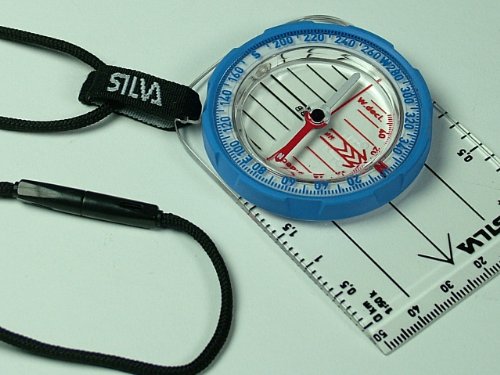
Getting lost in the woods is a fear that many outdoor enthusiasts share. One of the best ways to ensure you can always find your way back is by learning how to use a compass. In this comprehensive guide, we’ll discuss how to use a compass in the woods and ensure you never lose your bearings on your next adventure.
The Importance of a Reliable Compass
A quality compass is essential for navigating the woods. A good compass features a magnetised needle that aligns with the Earth’s magnetic field, pointing towards the magnetic north. For a reliable and accurate compass, consider browsing the Compass collection at Rock and Mountain, featuring well-known brands like Silva and Garmin.
Step 1: Know Your Location
Before setting off into the woods, it’s essential to know your starting point. Identify your location on a map and mark it for reference. This will help you retrace your steps if needed.
Step 2: Plan Your Route
Using your map, plan your route through the woods. Note any landmarks or natural features you’ll encounter along the way. This will help you stay on course and prevent you from getting disoriented.
Step 3: Set Your Compass
Place your compass on the map with the baseplate’s straight edge aligning with your desired travel route. Rotate the compass housing until the “N” (north) marker aligns with the direction of travel arrow. Ensure that the orienting lines within the compass housing are parallel to the map’s north-south grid lines.
Step 4: Follow Your Bearing
Hold your compass flat in your hand at waist level, with the direction of travel arrow pointing away from you. Rotate your body until the magnetised needle aligns with the orienting arrow within the compass housing. The direction of travel arrow now points towards your destination.
Step 5: Navigate Using Landmarks
As you walk through the woods, use the landmarks and natural features you noted earlier to ensure you’re on the right path. Regularly check your compass to make sure you’re maintaining the correct bearing.
Step 6: Adjust for Declination
Magnetic north and true north are not the same. The angle between these two points is called declination, which varies depending on your location. Check your map for the local declination, and adjust your compass accordingly.
Step 7: Reassess Your Location
Periodically stop to reassess your location using your map and surroundings. This will help you confirm that you’re on the right track and allow you to make any necessary adjustments to your route.
Conclusion
By learning how to use a compass in the woods, you’ll be well-prepared for any outdoor adventure. Navigating the woods with confidence will make your experience more enjoyable and ensure you can always find your way back to safety. For more navigation tools, visit the Devices for Navigation section at Rock and Mountain.
Remember, practice makes perfect. Spend time honing your compass skills, and you’ll be ready to tackle any woodland adventure that comes your way. Happy exploring!

